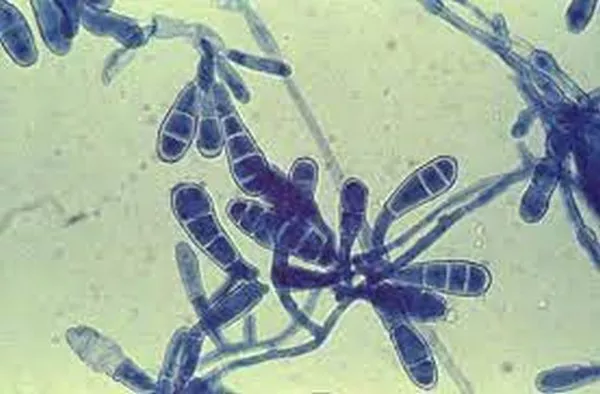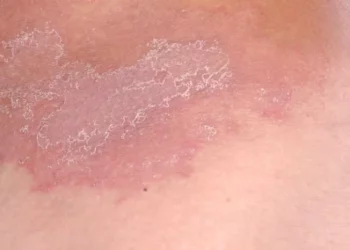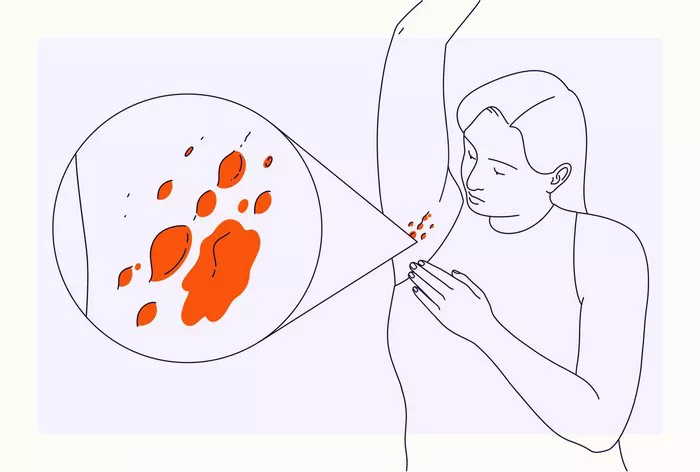Ringworm, despite its name, is not caused by a worm at all. Rather, it is a fungal infection that affects the skin, scalp, or nails. This common misconception often leads to confusion about its symptoms, particularly regarding whether it is primarily itchy or painful. In this article, we will delve into the characteristics of ringworm, its typical symptoms, and whether itching or pain is the predominant sensation experienced by those afflicted.
Understanding Ringworm: Causes and Characteristics
Ringworm, medically known as dermatophytosis, is caused by various types of fungi, including Trichophyton, Microsporum, and Epidermophyton. Contrary to popular belief, these fungi do not invade the body internally but rather thrive on the outer layer of the skin, hair, or nails. They spread through direct contact with an infected person, animal, or object.
The name “ringworm” stems from the characteristic appearance of the infection on the skin. Affected areas often develop circular or ring-shaped rashes with raised, red edges and a clearer center, resembling a worm’s shape. However, these lesions do not always present in a perfect ring formation, and their appearance can vary depending on the severity and location of the infection.
Symptoms of Ringworm: Itching vs. Pain
One of the most common symptoms associated with ringworm is itching. Affected individuals often report intense itching in the affected area, which can range from mild to severe. This itching sensation is typically accompanied by redness, inflammation, and sometimes the formation of small, fluid-filled blisters.
The degree of itching experienced can vary depending on several factors, including the individual’s sensitivity to the fungi, the location of the infection, and the presence of other skin conditions. In some cases, the itching may be so intense that it interferes with daily activities and quality of life, prompting individuals to seek medical attention for relief.
On the other hand, pain is not typically a prominent symptom of ringworm. Unlike bacterial infections, which can cause pain due to inflammation and tissue damage, fungal infections such as ringworm tend to be more irritating than painful. However, in rare cases or when the infection is severe, individuals may experience some discomfort or tenderness in the affected area.
Factors Influencing Sensations: Location and Severity
The sensations experienced with ringworm can vary based on the location and severity of the infection. For example, ringworm that affects the scalp, known as tinea capitis, may cause less itching but more pain or tenderness due to the involvement of hair follicles and deeper layers of the skin.
Similarly, ringworm that develops in areas where skin rubs against skin, such as the groin (tinea cruris) or armpits (tinea corporis), may be more prone to itching due to increased moisture and friction. In contrast, ringworm on the hands (tinea manuum) or feet (tinea pedis) may cause more discomfort or pain, especially if blisters or cracks develop in the skin.
The severity of the infection also plays a significant role in determining the predominant symptoms. Mild cases of ringworm may cause minimal itching or discomfort, while more extensive or long-standing infections can lead to intense itching, pain, and secondary complications such as bacterial superinfection.
Managing Symptoms and Seeking Treatment
Regardless of whether itching or pain is the primary symptom, prompt treatment is essential to alleviate discomfort, prevent spread to others, and reduce the risk of complications. Over-the-counter antifungal creams, lotions, or powders are often effective in treating mild cases of ringworm. These medications work by killing the fungi or preventing their growth, thereby resolving the infection and relieving symptoms.
In cases of severe or persistent ringworm, prescription-strength antifungal medications may be necessary. These may include oral medications such as terbinafine or fluconazole, which are taken by mouth to target the fungi internally. Additionally, topical steroids or antihistamines may be recommended to reduce itching and inflammation, particularly if the symptoms are severe or disruptive.
In addition to medication, practicing good hygiene habits can help prevent ringworm and reduce its spread. This includes keeping the skin clean and dry, avoiding sharing personal items such as towels or clothing, and washing hands thoroughly after touching animals or coming into contact with potentially contaminated surfaces.
Conclusion
In conclusion, ringworm is primarily characterized by itching rather than pain. Although discomfort or tenderness may occur, particularly in more severe cases or specific locations, itching is typically the predominant symptom experienced by those afflicted with this fungal infection. Understanding the typical symptoms of ringworm, as well as the factors that can influence sensations such as location and severity, is crucial for accurate diagnosis and effective management. By debunking the myths surrounding ringworm and its symptoms, individuals can take proactive steps to seek treatment and prevent its spread.


























